Physiotherapy for Knee Pain
Physiotherapy For Knee Pain in Mandurah
Experiencing knee pain? Our team of highly skilled physiotherapists understands the impact knee pain can have on your daily activities and overall quality of life. We offer personalized physiotherapy treatments tailored to your specific needs, focusing on alleviating pain and restoring function.
We have a wide range of techniques at our disposal, including remedial massage, shockwave therapy and dry needling.
Alongside these treatments, we design strengthening programs that are crucial in supporting your knee and preventing future injuries. Our approach combines professional expertise with compassionate care, ensuring you receive the best possible treatment.
Don’t let knee pain control your life. Book an initial consultation with us today and take the first step towards a pain-free, active lifestyle.
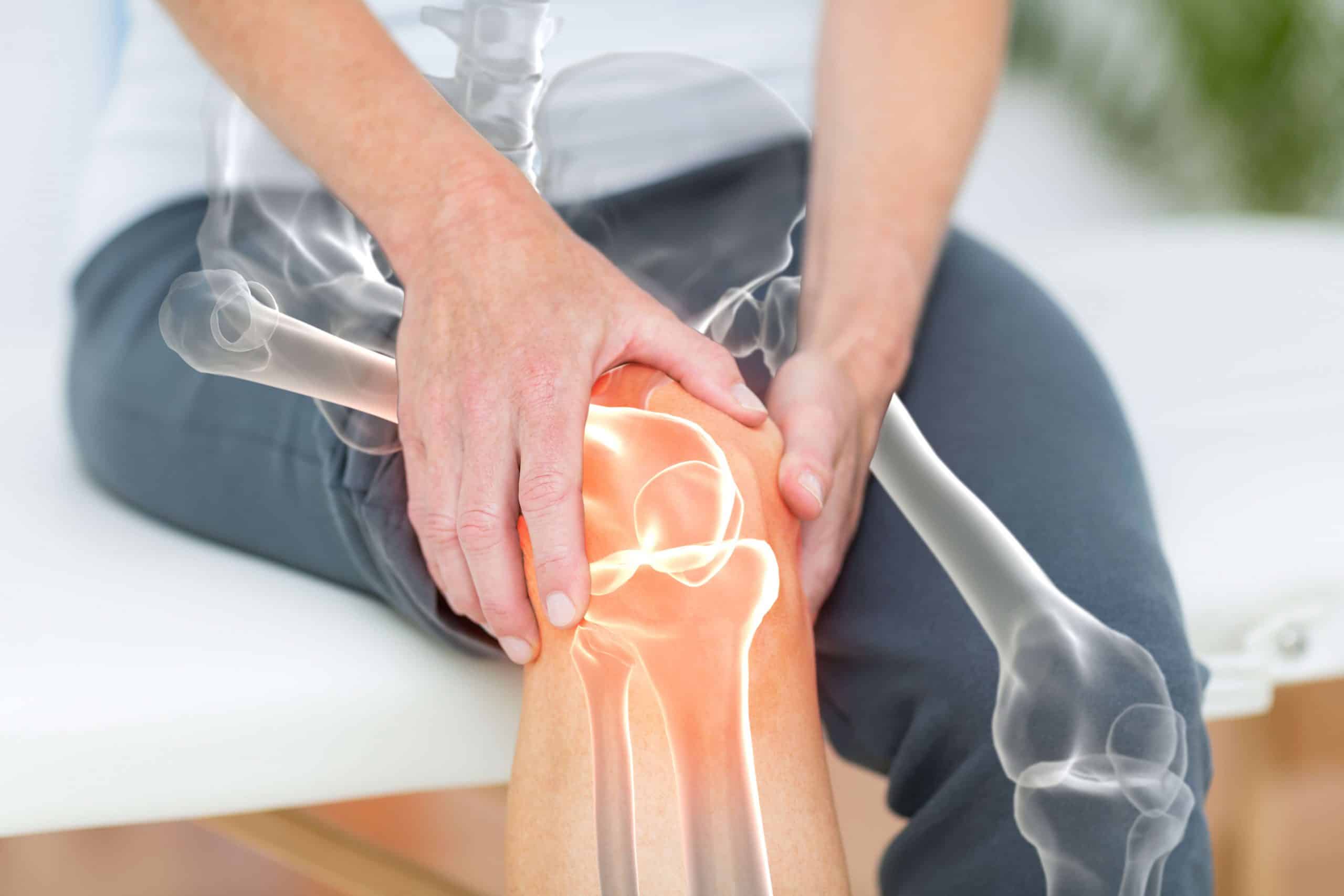

Patellofemoral Syndrome
Patellofemoral syndrome is pain felt around or underneath the kneecap that comes from the joint where the patella sits on the femur. The knee cap (patella) sits like a train on its track (the femur) and needs to run smoothly up and down the tracks. If there is a muscle imbalance around the knee the patella can start to mal-track, meaning it starts to hit the edge of the track, and this is what causes the pain.
Most people will describe the onset of pain when the knee is in a flexed position commonly walking up or down steps and hills, running, squatting or lunging. It can come about from a few different causes, some of these are poor foot posture, weakness in the glutes and quads, tightness of the lateral (or outer) knee structures and can also be from a localised injury to the knee.
The good news is that it can be managed well with physiotherapy treatment along with a strengthening program. We can also offer taping and braces which can help to manage your pain while you progress through your program and for return to sport or normal activity.
Knee Meniscus Injuries
The meniscus in the knee is two C shaped fibrocartilage structures that decrease the friction between the femur (thigh bone) and tibia (shin bone) and spread the load of the weight of the body on the knee.
Meniscus tears are a common injury which can be accompanied by pain and loss of function. The injury can be acute – like a sporting injury, or a result of degeneration changes over time. Importantly, not all meniscus tears result in pain. Research has shown that people over 50 years old with no pain have a high prevalence of non-symptomatic tears (60%).
If you have a meniscus tear that is causing knee pain and decreased function but is not causing obstruction to the joint, then research has shown that conservative physiotherapy treatment is just as effective as surgery for managing and rehabilitating your knee to full function.
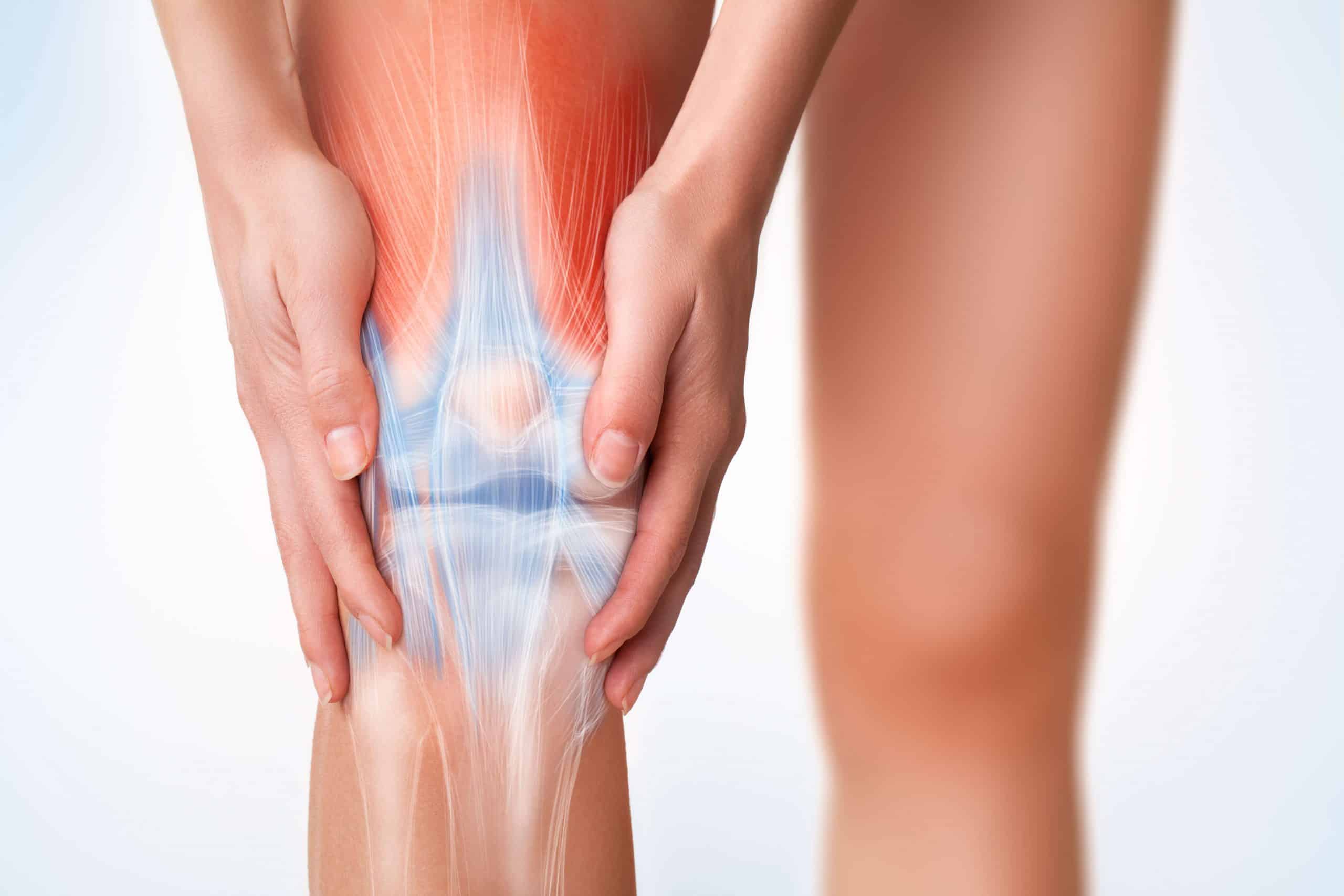
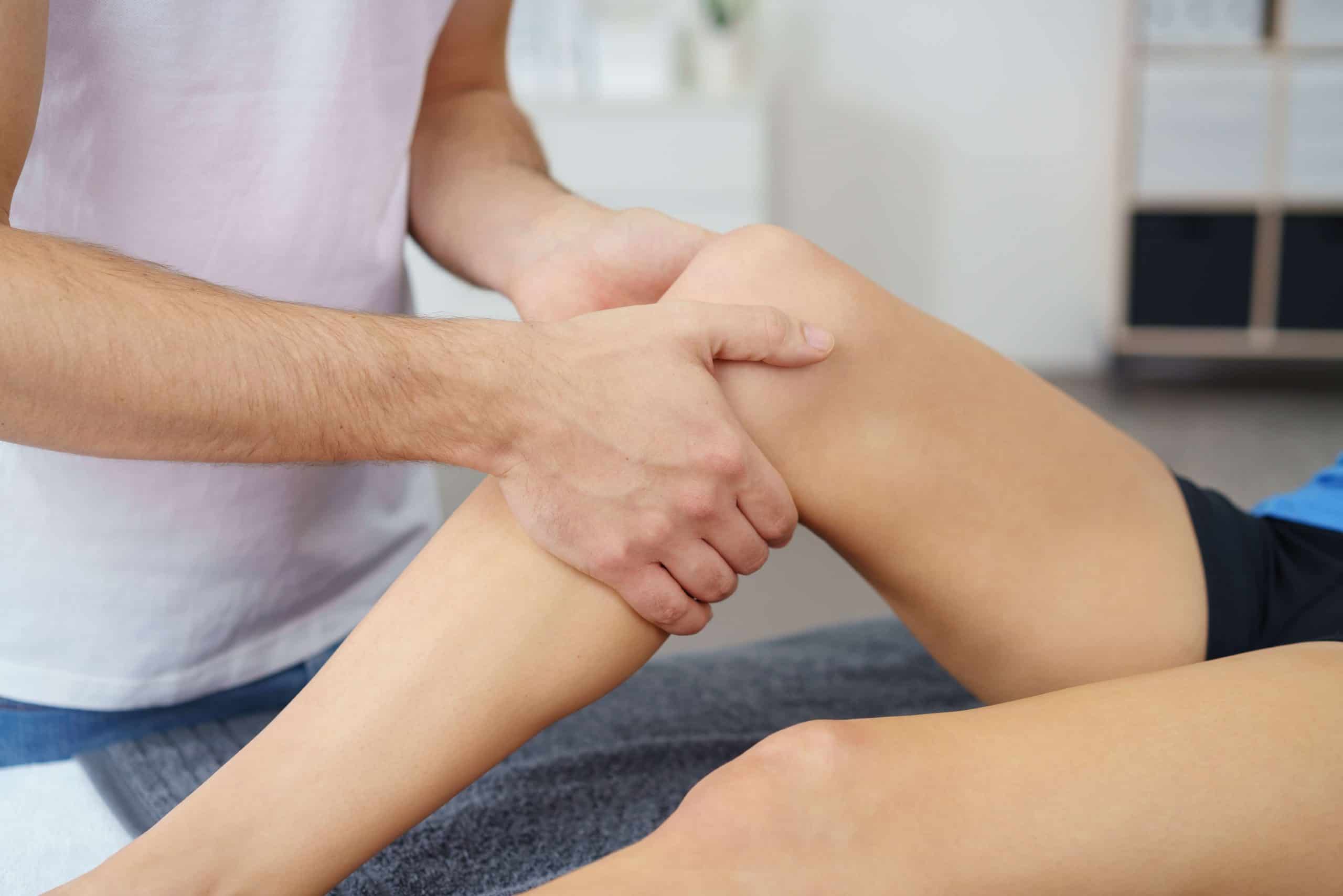
Knee Ligament Injuries
There are 4 main ligaments in the knee joint – the Anterior Cruciate Ligament (ACL), the Posterior Cruciate Ligament (PCL), the Lateral Collateral Ligament (LCL) and the Medial Collateral Ligament (MCL). Whilst they can all be injured, the ACL and MCL are the more common injuries. The ACL is commonly injured in sports during a hyperextension movement or a pivoting movement.
The MCL, also commonly injured in sports, can also be injured in work or recreation activities where there is a blow to the outside of the knee or pivoting on a fixed foot. These injuries do sometimes require surgery, but for those that can be treated conservatively, physiotherapy including taping/bracing, movement retraining, muscle retraining, and exercise prescription will get you back to your pain-free self as soon as possible.
Knee Osteoarthritis
Knee osteoarthritis is the degeneration of the cartilage, the bone and the ligaments, synovial membrane and the capsule around the knee due to mechanical loading during weight-bearing activity. There are three compartments of the knee that can be affected separately, or commonly across multiple compartments. These compartments are the patellofemoral joint (the joint between the knee cap and the femur), the medial compartment (between the tibia and the femur on the medial side) and the lateral compartment (between the tibia and the femur on the lateral side).
Mostly affecting people over the age of 45, with 50% of people over 65 affected, knee OA causes pain, swelling, stiffness, deformation of the joint and ultimately decreased function. Pain can be felt over the knee joint corresponding to the area of wear, of referred to the posterior knee area, or/and down the medial shin (tibia) bone.
Recent studies have shown specific exercise is the most effective tool at improving the symptoms and quality of life of people with knee OA. Prevention is the best strategy – with modification of lifestyle factors and improvements in knee function, mobility and strength. Our physiotherapists care experts at assessing the knee, treating your symptoms and teaching you the skills and exercises you need to manage your knee OA.
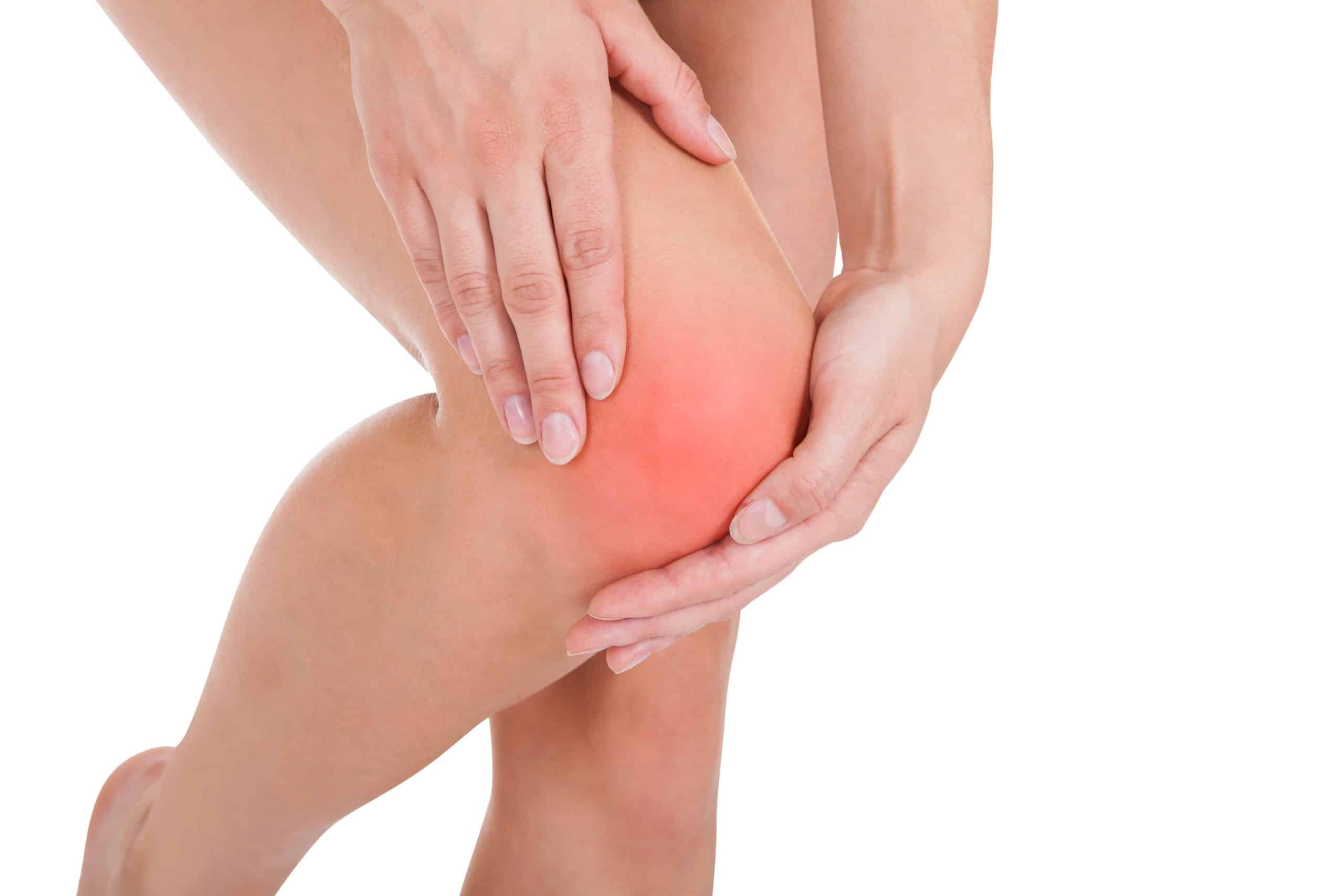
Our Services
Our expert physiotherapists are trained to assess your knee pain and determine the cause. They can also screen sporting people/athletes for risk factors and teach/recommend preventative injury programs. Additionally our physios can help you to prevent knee OA by helping with secondary risk factors such as obesity, joint laxity, occupational and lifestyle hazards. The services that will help you prevent or recover from your knee pain are:
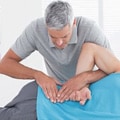
Physiotherapy
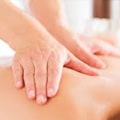
Remedial Massage
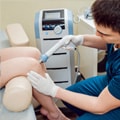
Shockwave Therapy
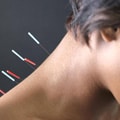
Dry Needling

Musculoskeletal screening

Exercise prescription

